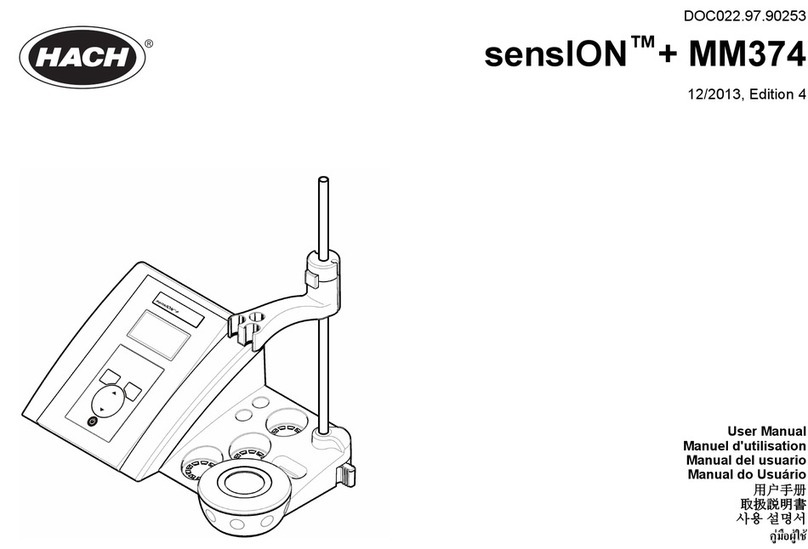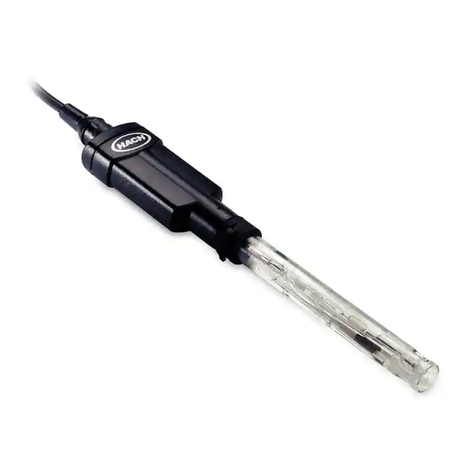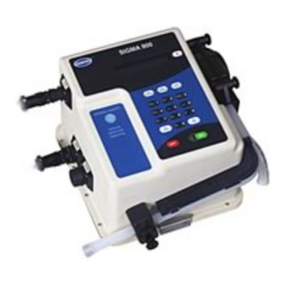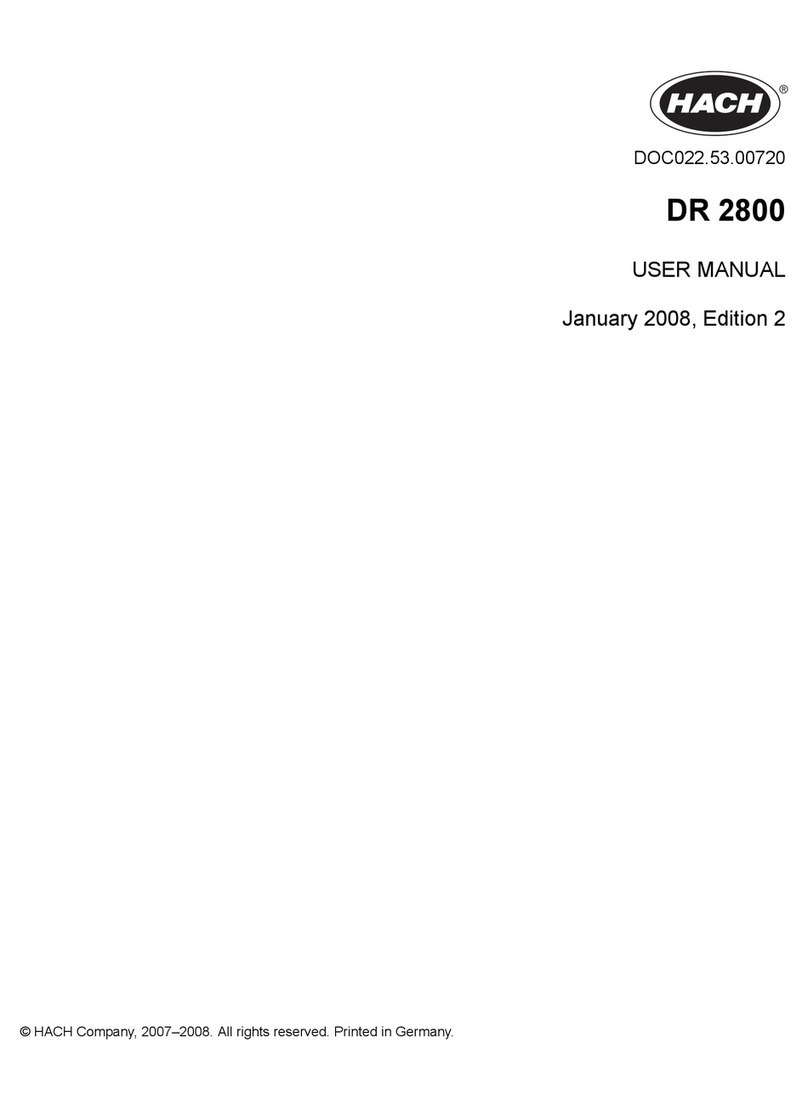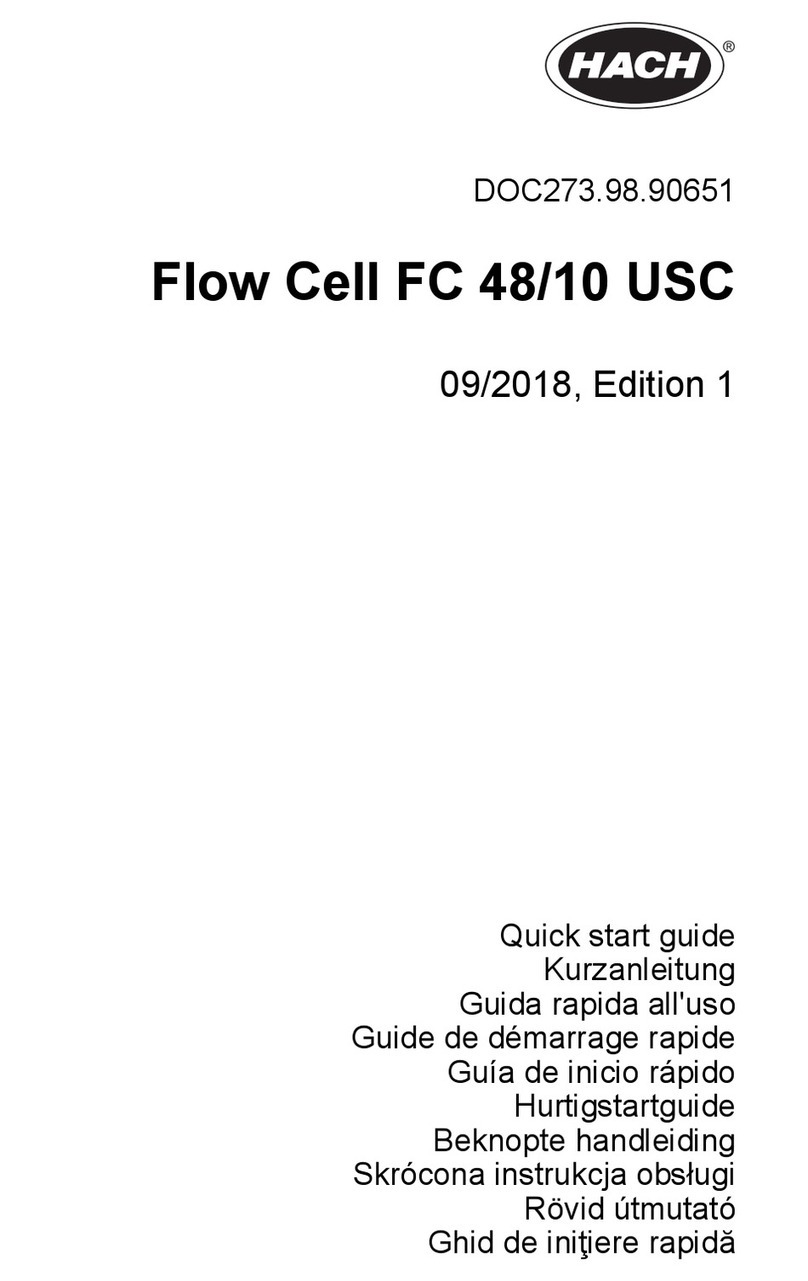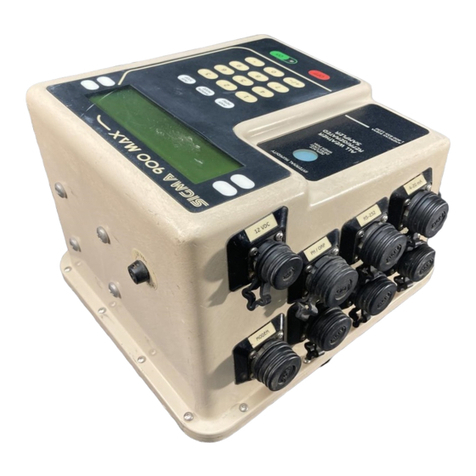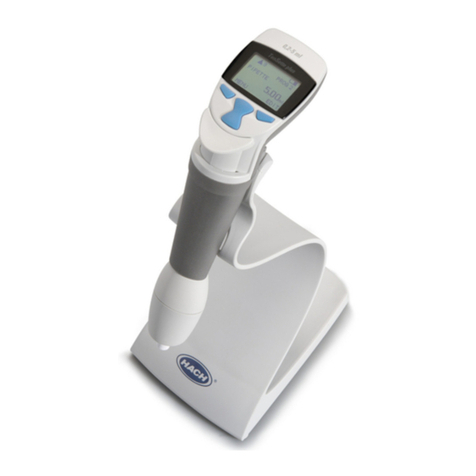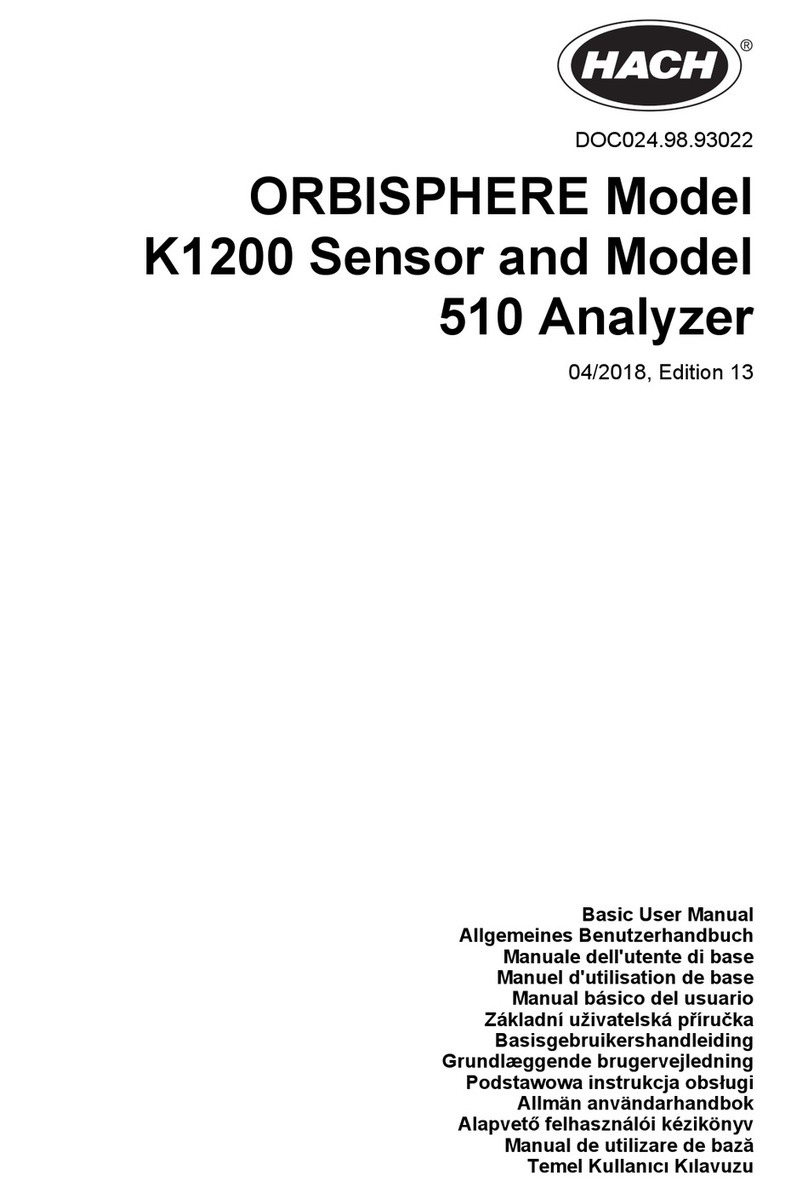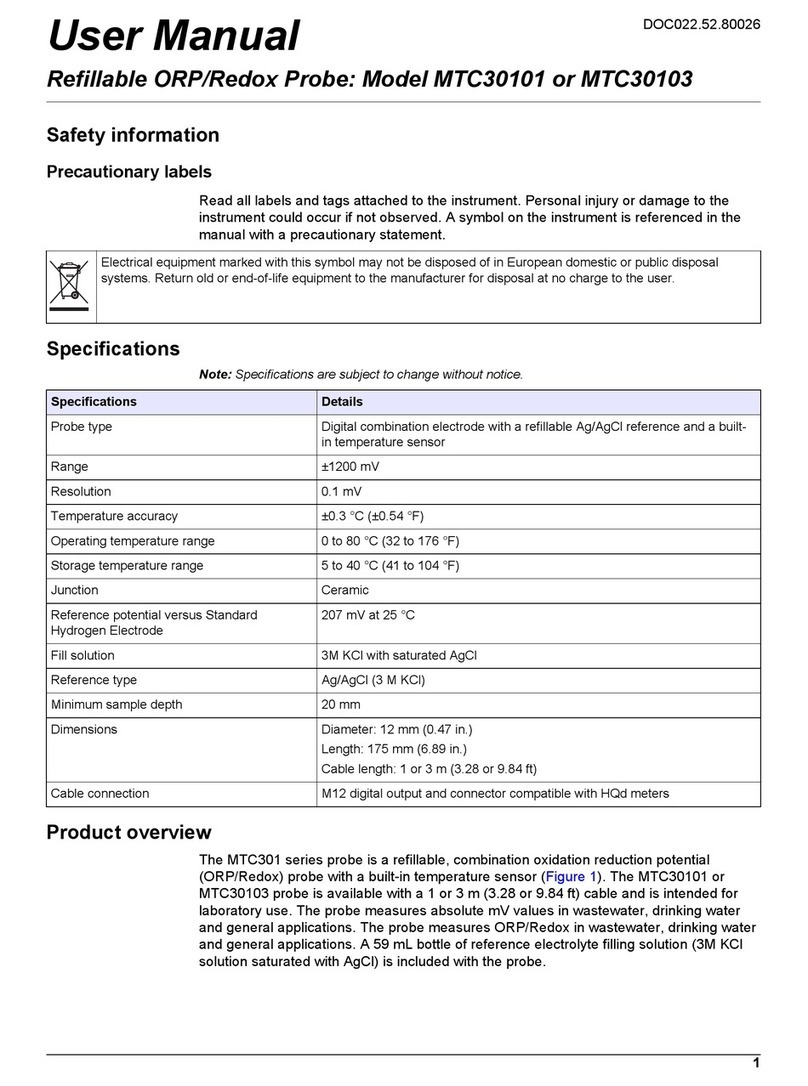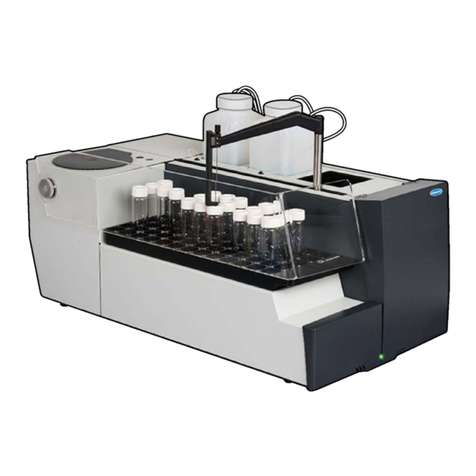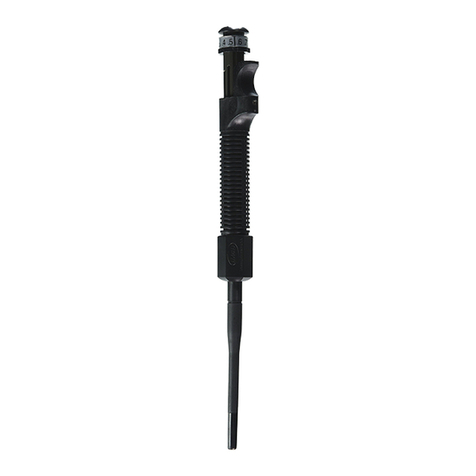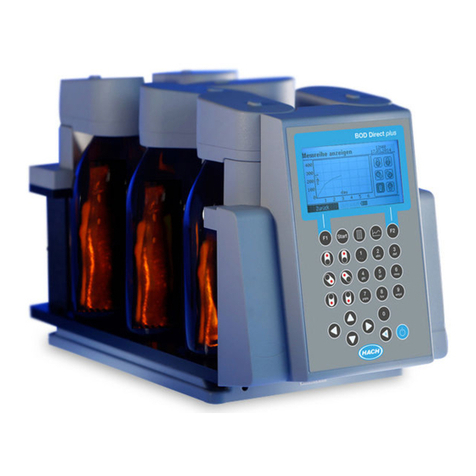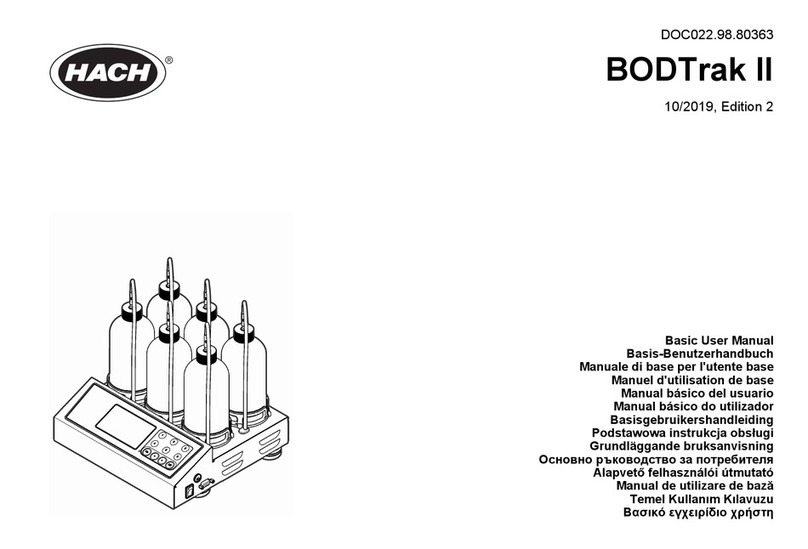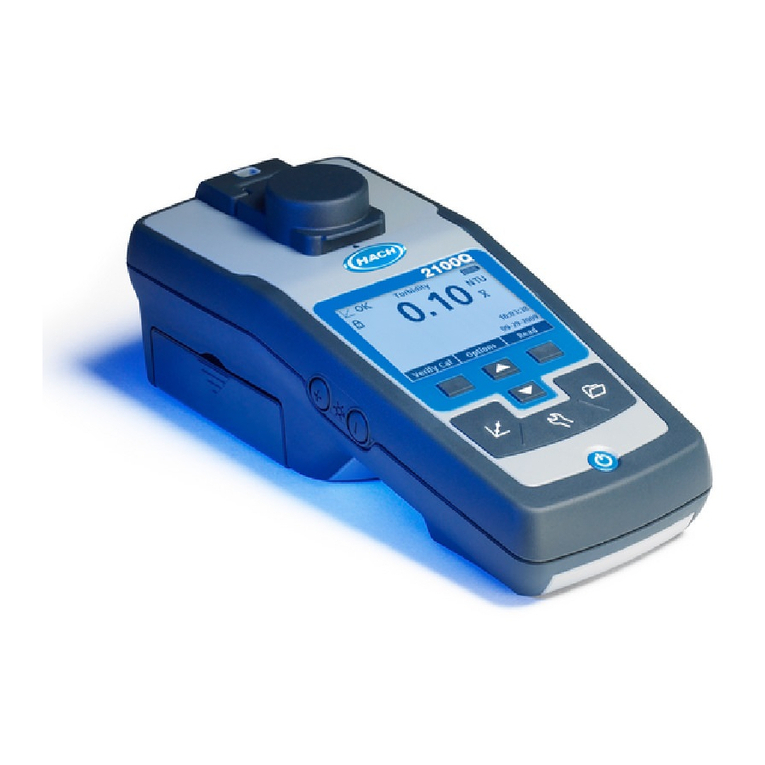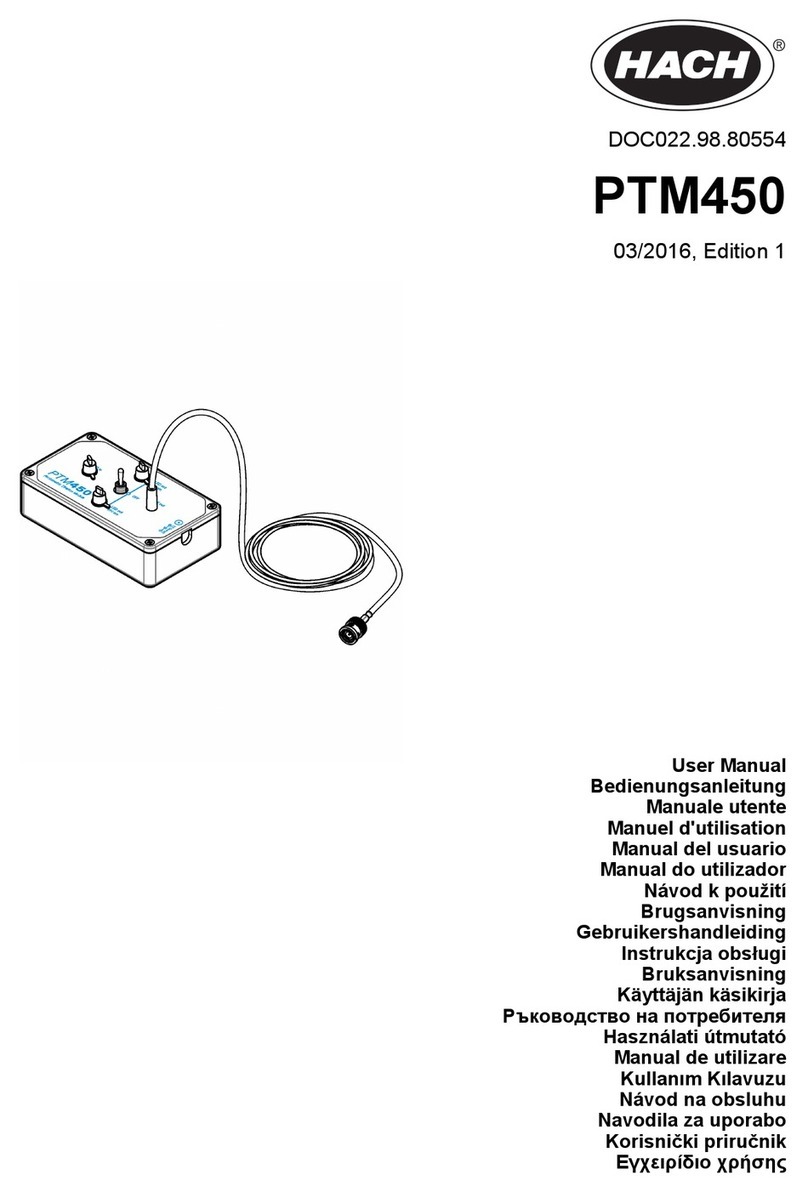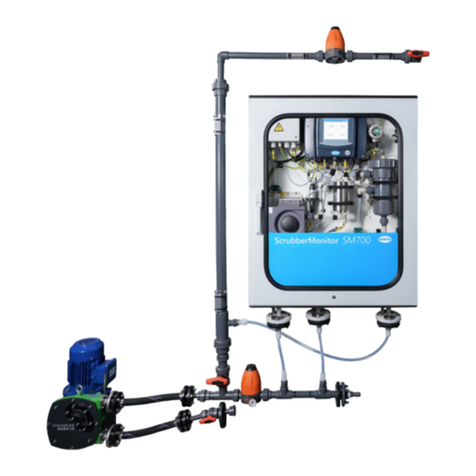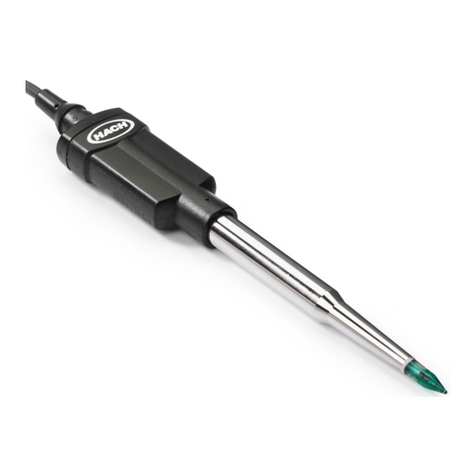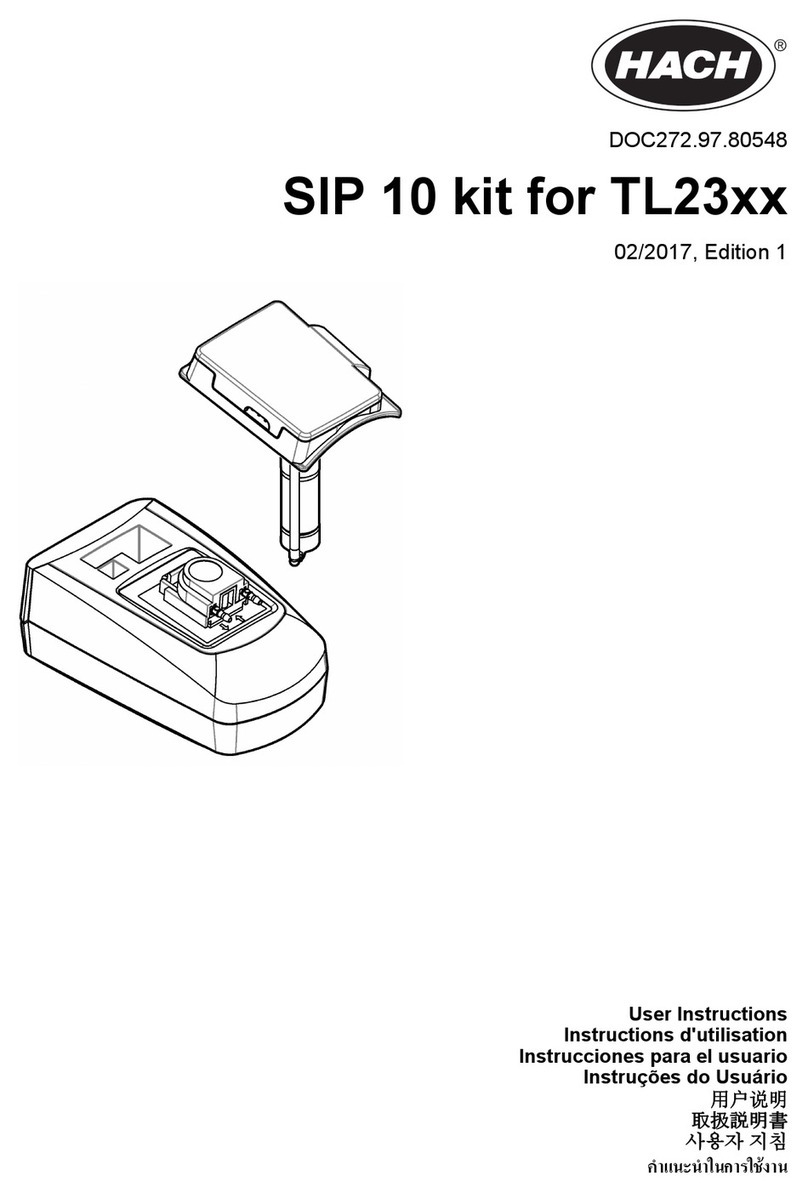
Table of Contents
Section 1 Product overview................................................................................. 3
Section 2 Specifications........................................................................................ 3
Section 3 Safety information............................................................................... 4
3.1 Intended use ....................................................................................................... 4
3.2 Use of hazard information..................................................................................... 4
3.3 Precautionary labels............................................................................................. 5
3.4 Product hazards.................................................................................................... 5
Section 4 Preparation for use.............................................................................. 5
4.1 Operate the sleeve junction.................................................................................. 7
Section 5 Calibration.............................................................................................. 8
5.1 Calibration notes................................................................................................... 8
5.2 Calibration procedure........................................................................................... 9
Section 6 Sample measurement .................................................................... 10
6.1 Sample requirements.......................................................................................... 10
6.2 Sample measurement notes............................................................................... 10
6.3 Sample measurement procedure....................................................................... 10
Section 7 Verify the calibration........................................................................ 11
7.1 Verification procedure......................................................................................... 11
Section 8 Maintenance......................................................................................... 12
8.1 Clean the probe.................................................................................................. 12
8.1.1 Clean the sleeve junction......................................................................... 13
8.2 Fill the probe....................................................................................................... 14
8.3 Add KCl crystals to the probe............................................................................. 14
8.4 Replace the filling solution.................................................................................. 16
8.5 Soak procedure for dry probes........................................................................... 17
8.6 Storage............................................................................................................... 17
Section 9 Troubleshooting ............................................................................... 18
Section 10 Consumables..................................................................................... 19
10.1 Recommended standards................................................................................. 19
10.2 Accessories...................................................................................................... 20
1
